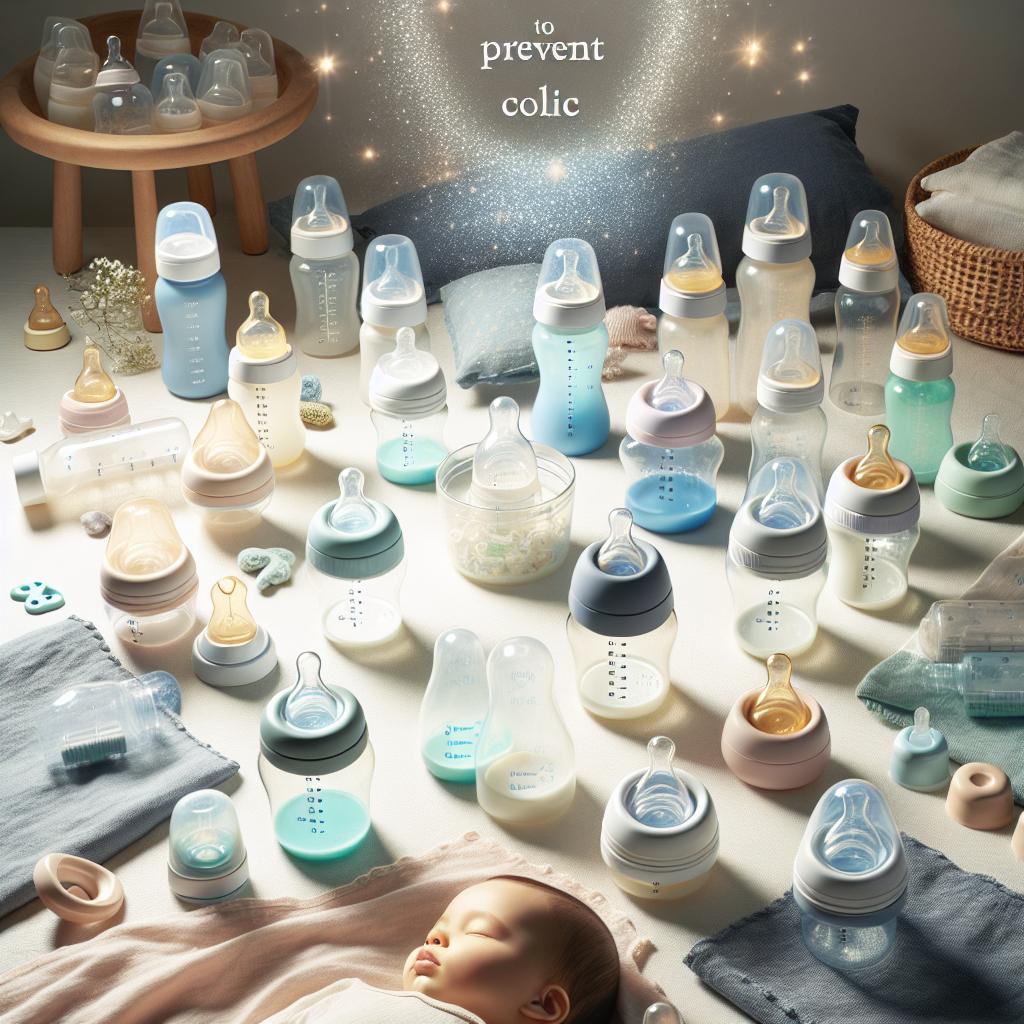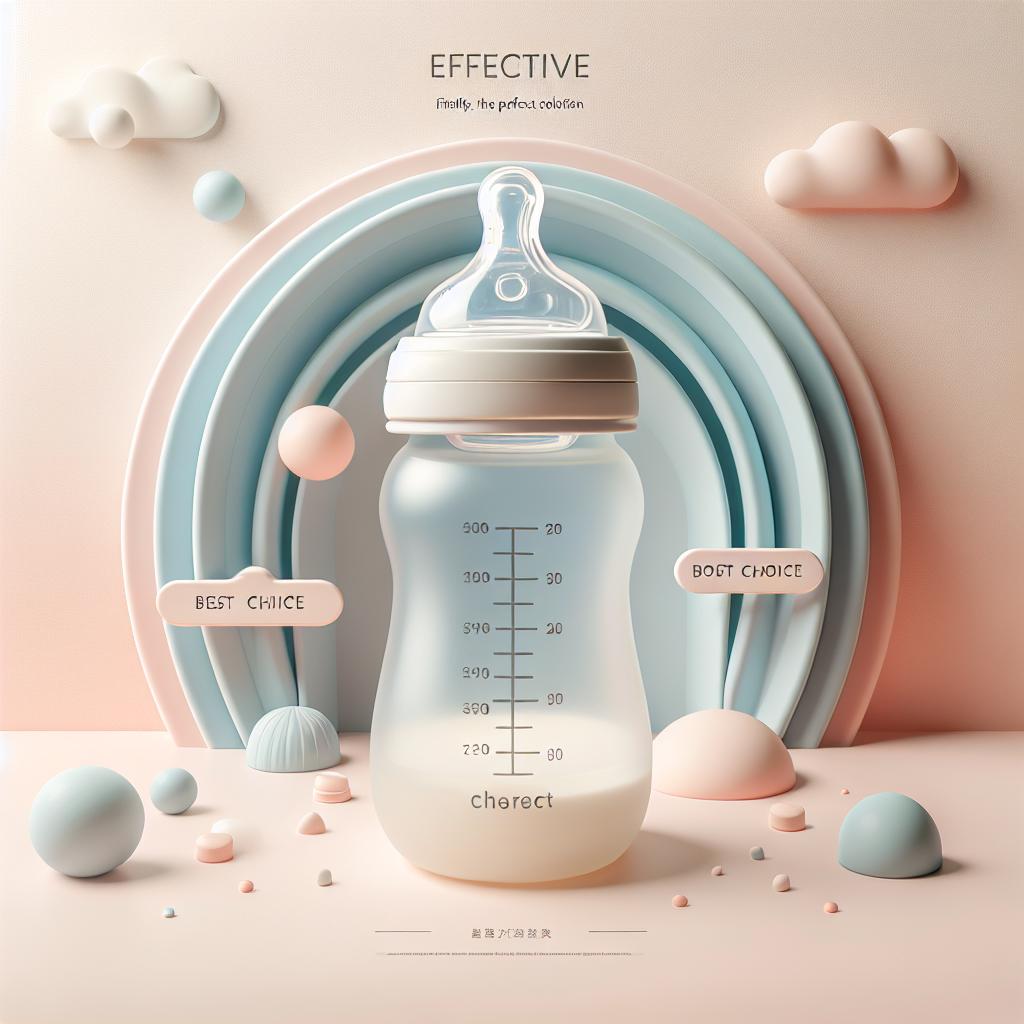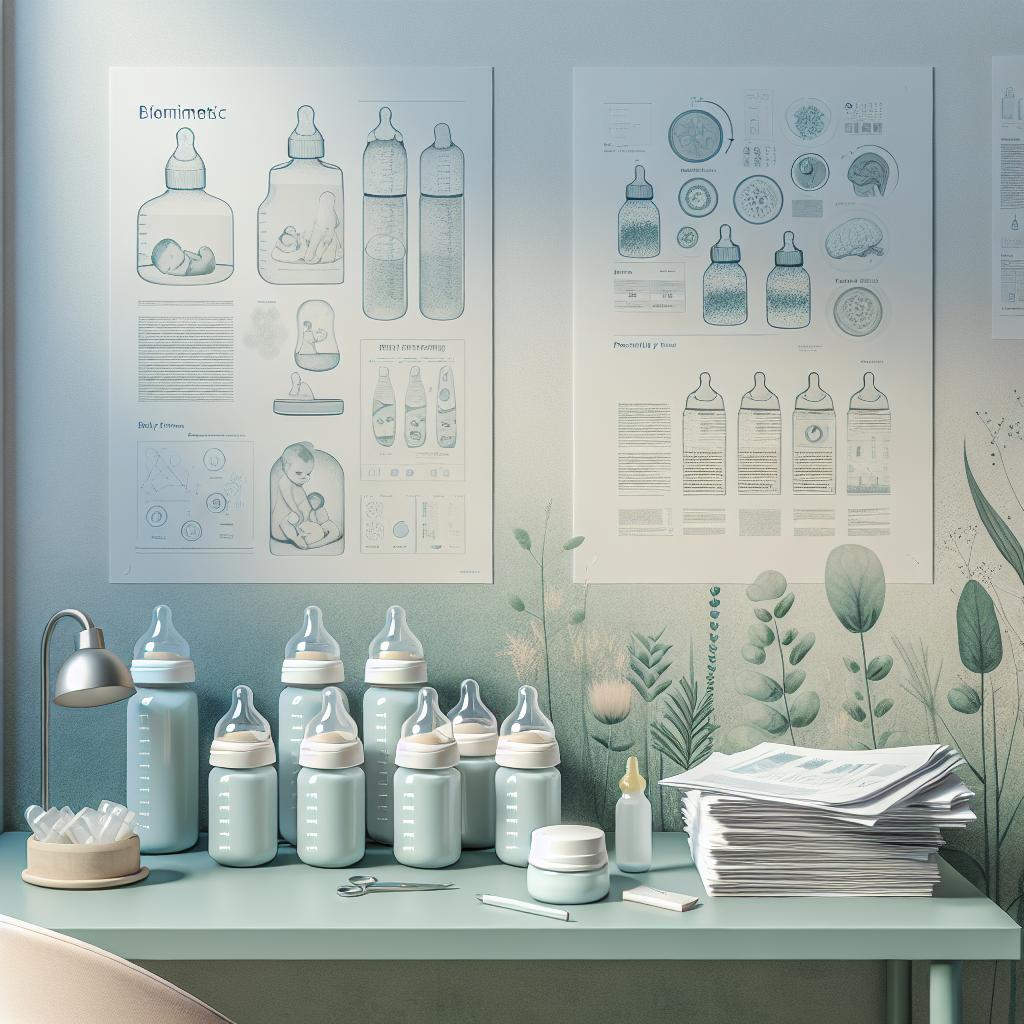Understanding the Essentials of Bottle Feeding Experience
Ensuring that your child gets the best nutrition is paramount in their development. The transition from breastfeeding to bottle feeding can be a stressful experience for both the baby and the mother. However, with the right information and guidance, the bottle feeding experience can be made serene and enjoyable. This post seeks to unveil practical tips that can smooth out this transition and make your bottle feeding journey more manageable.
The Shift to Bottle Feeding: A Personal Choice
Bottle feeding doesn’t signify failure or incapability but rather, it’s a personal choice that mothers make based on their unique circumstances. Notably, some mothers opt for bottle feeding right from birth, others mix it with breastfeeding, while some make a complete transition from breastfeeding to bottle feeding. Here is an account of a mom who shares how her choice to formula feed was the best decision she made. Remember, there isn’t a one-size-fits-all approach when it comes to feeding your baby. What works for one mother might not work for another.
Choosing the Right Bottle for Your Baby
Choosing the right bottle for your baby is crucial in creating a serene bottle feeding experience. If you are transitioning from breastfeeding to bottle feeding, opt for bottles specifically designed to mimic the natural feeding experience. Such bottles can help your baby adjust quickly to the new feeding method. Our blog post covers a detailed review of the bottle that finally worked for a breastfed baby.
Features to Consider:
- The Nipple: Choose a slow-flow nipple to mimic breastfeeding adequately.
- The Material: BPA-free plastic, glass, or silicone are the best choices.
- The Design: Opt for a design that’s easy to clean and hold.
Mastering the Bottle Feeding Technique
Proper bottle feeding technique can greatly reduce the potential for feeding-related discomforts. Here are a few tips to keep in mind:
- Ensure your baby is in a semi-upright position during feeding.
- Tilt the bottle so that the nipple and neck are filled with formula to avoid air swallowing.
- Don’t force your baby to finish the bottle. They will signal when they are full.
- Regularly burp your baby during and after feedings.
For a comprehensive guide on bottle feeding techniques, read our must-have bottle feeding tips blog post.
Easing Transition Troubles
While some babies adjust to bottle feeding without any hiccups, some might need a little more help. If your baby is resisting the change, remember to be patient, stay relaxed, and try different strategies. This article provides helpful insights and professional advice on the issue of babies resisting bottle feeding.
Creating a serene bottle feeding experience is not an insurmountable challenge. With open-mindedness, patience, and the right technique, your baby can adjust and enjoy bottle feeding. This fosters overall health and promotes strong bonds between you and your baby.
Choosing the Best Formula for Your Baby
When choosing your baby’s formula, it is essential to consider their unique nutritional needs. Just as breastfeeding mothers have a diet tailored to the needs of their baby, so should you consider your baby’s needs when choosing a formula. Factors such as your baby’s age, weight, and health should be taken into account. Organic formula options can offer a nutrient-rich, safe, and chemical-free alternative for your baby. For a personal experience of breastfeeding one baby and formula feeding another, consider reading this mom’s experience.
Considering Allergies and Digestive Issues
It is important to keep an eye on how your baby reacts to the new formula. Some babies have allergies or intolerances that may initially present as minor digestive discomforts. If you notice any changes associated with the feeding, like excessive crying or unusual bowel changes, it may be helpful to consult your pediatrician. Remembering that every baby is unique and will react differently to different feeding methods and components is key to successfully figuring out what works best for your child.
Offering Comfort and Connection
While meeting your baby’s nutritional needs is of utmost importance, it’s crucial not to forget that feeding time is also an opportunity for bonding. Babies often find comfort in the holding, caressing, and eye contact that naturally come with feeding. To further foster connection, consider following some of the soothing bottle feeding technique shown here. Staying relaxed, maintaining eye contact, and providing a serene environment can help create a loving and secure experience for your baby.
Understanding the Social Aspects
You may come across challenges beyond the physical and mental preparation for bottle feeding. Society often has differing views on bottle feeding. Remember, your priority is the welfare of your child, and you have every right to make choices based on your family’s needs. To gain a better understanding of formula feeding in public scenarios, consider this insightful discussion by experienced parents.
Exploring Supplementary Feeding Options
As your baby grows, their nutritional needs will change and develop. While bottle feeding may be their primary source of nutrition in the beginning, remember to gradually introduce solid foods as your baby is ready and in consultation with your healthcare provider. Ensuring a balanced and varied nutritional intake can contribute significantly to your child’s general health and wellbeing.
Bottle feeding your child can be a remarkably fulfilling experience, especially when well-informed decisions support it. From choosing the bottle and the formula that best suits your baby’s needs, to mastering the feeding technique and fostering a close connection, every step is crucial. Understanding the possible challenges and mentally preparing for potential societal views are also part of the experience.







